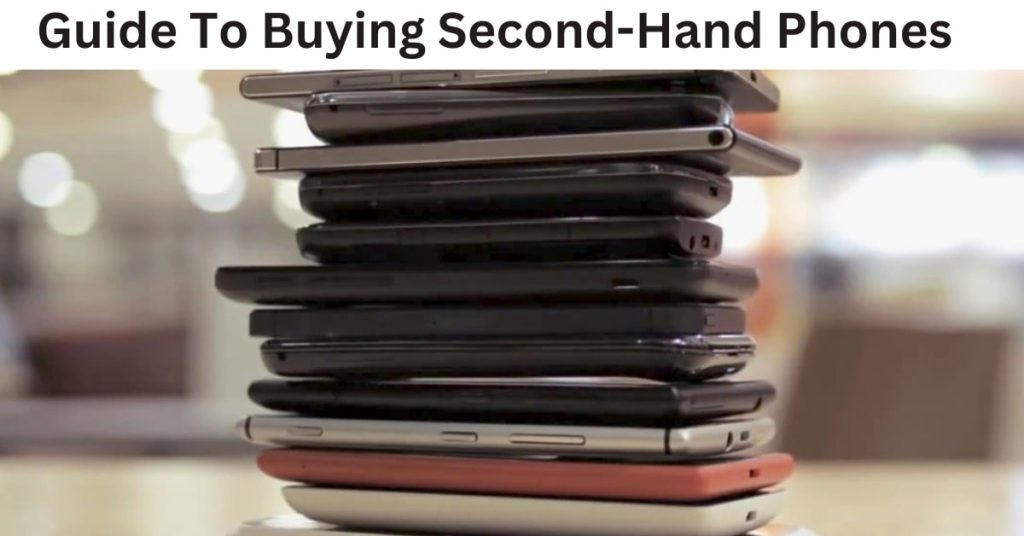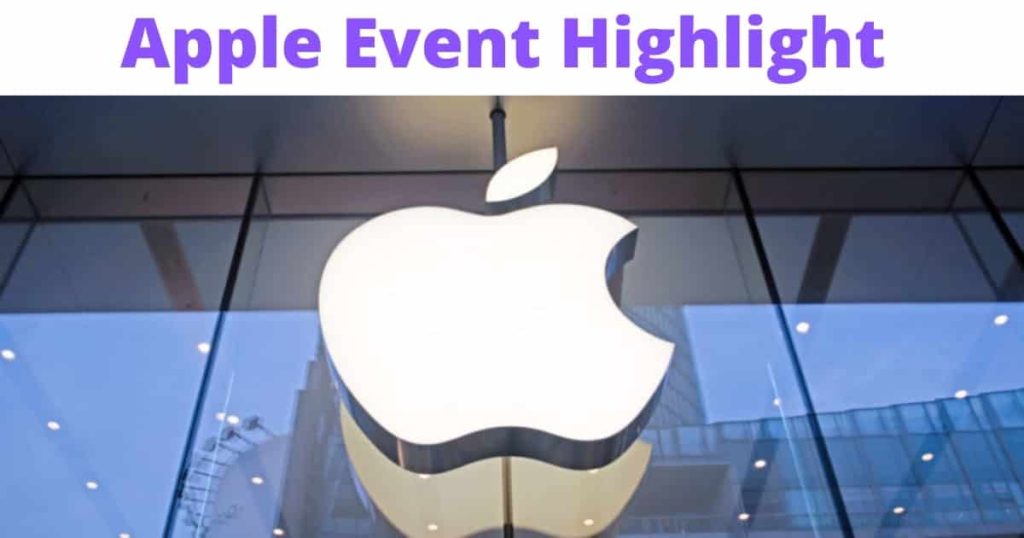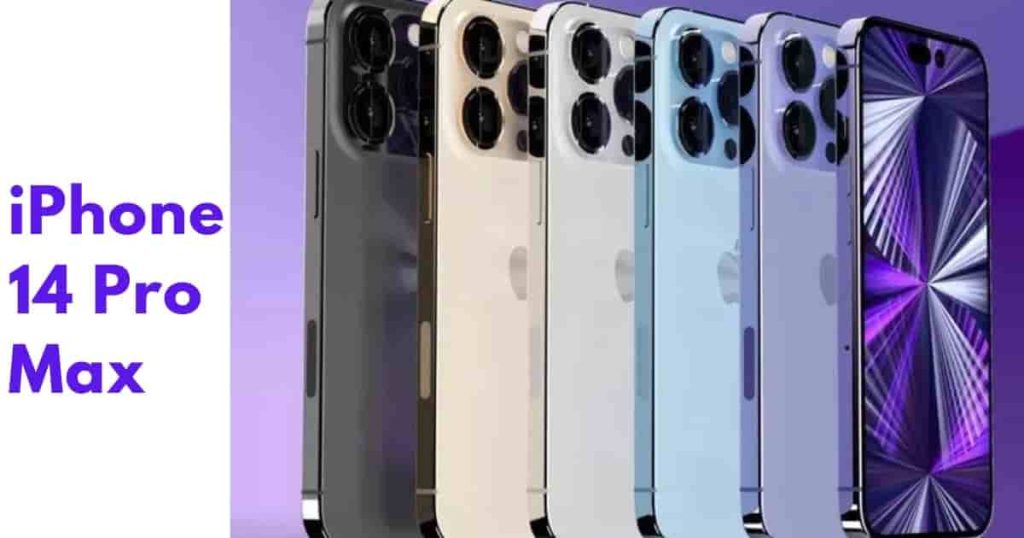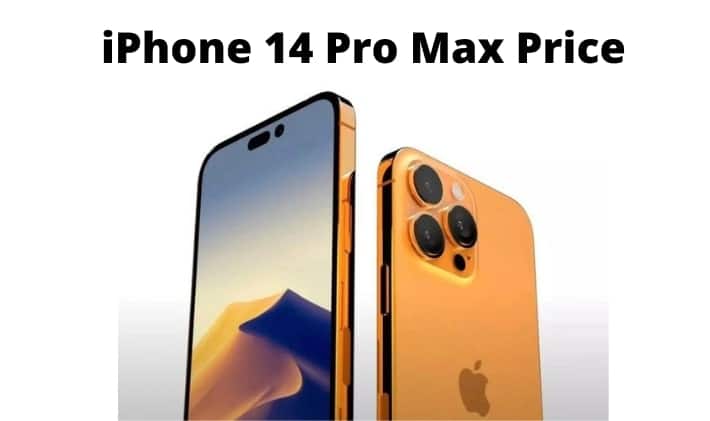Guide To Buying Second-Hand Phones: Many smartphone-savvy consumers may argue that the thrill of purchasing a used phone pales in comparison to the thrill of unwrapping a brand-new mobile device that packs in the latest technology and features and looks unbelievably irresistible with its scratch-free and gleaming body smartly encased in a stylish box!
However, purchasing a new phone may not always be a practical option, especially if you are a self-proclaimed gadget junkie always looking for the latest models making waves in the mobile phone industry. If you want to know about Neet Result 2023, click here.
Indeed, there are situations when purchasing a used or pre-owned phone is significantly more cost-effective than purchasing a new one, especially if you intend to avoid splurging on high-end mobile phones. This could be due to a lack of funds or the realization that it is only a matter of time until you have another high-tech device that impacts the market.
You should also be aware of when to switch to a new smartphone. Whatever your reasons for choosing a used smartphone, remember that getting a used or second-hand phone can be risky, given the market’s abundance of broken and phony cell phones.
Given that second-hand phones can have their fair share of wear and tear and frequently lack warranty coverage, doing your homework on used smartphones becomes necessary if you don’t want to bring home a rip-off.

Why buying a used phone is a good idea
Used phones are economical. The amount you save by purchasing a used phone is now more critical than ever because the smartphone market is currently at an all-time high. The price difference and amount of money you can save increase with the age of the phone. For instance, the current price of a used iPhone 11 Pro Max with 256GB of storage on Gazelle is $499. When it debuted as the flagship smartphone from Apple’s 2019 range of handsets, that cost nearly half as much.
With the same storage, the more modern iPhone 13 Pro Max is $700 more expensive. The performance gap hardly justifies the price difference, even if it has a few extra bells and whistles. You can exchange your old phones for a new one at a lower cost.
The fact that you can get a brand-new mid-range phone for the same price as a used smartphone is a strong argument against doing so. However, most users need to be made aware that with these mid-range phones, performance is sacrificed for cheap. In addition, used flagship phones are frequently more expensive than midrange models.
The 2020 iPhone SE is a prime example of a performance tradeoff. They have the same A13 Bionic chip as the iPhone 11 two years ago. But in terms of performance, the iPhone 11 outperforms it in practically all other areas. In the Android market, your savings margin is even more significant. Just one year after its introduction, the Samsung Galaxy S21 is still available for less than half the original cost.
7 Things To Check When Buying A Used Phone:
Here are some tips to help you make a better decision.
1. Choose a Device
First, you must choose which handset you want. Which device is it, the iPhone X or the Galaxy S8? Whatever you’re looking for, remember to consider age and spec. Consider the operating system and the most miniature model you will settle for. Do you wish to use the latest Android or iOS operating system?
Are there any features that you absolutely must have on your new phone? Set objectives for yourself and stick to them. This phone may be used, but it should last you at least a year.
If you need help picking up a phone, check out these review videos here; we enjoy how these folks break down the reviews into the functions you’re searching for. Marques Brownlee also has a terrific YouTube channel if you’re looking for newer phones.
2. Check the serial and IMEI number
Whether you purchase the phone in person or online, this should be the first item you check. If they cannot do so, it is a warning sign that the phone might be false or stolen.
Once you have one of these numbers, compare it to the receipt or, if one is provided, the box.
After that, enter the IMEI number into an online IMEI tool. You will receive all the phone’s details from this to validate its validity.
3. Check the physical condition of the phone
The appearance of a phone frequently indicates how well (or poorly) it has been cared for.
If you’re meeting in person, ensure the screen, charging port, headphone jack, and camera lens are free of any evident damage.
I am running a few minutes late; my previous meeting is over. Even if the phone appears to be in fine condition in photographs, you might be able to spot a loose screen, various screws, or other signs of damage that point to recent repairs. Turning the brightness to 100% is an excellent test for screen scratches that might not be as visible.
When buying something online, request more comprehensive pictures or a video showing the phone operating. They ought to have no trouble doing so if they are a legitimate seller.
4. Physical Condition
When purchasing a secondhand smartphone, the first thing to evaluate is the physical condition. This should give you a good idea of how the device was handled. Examine the front and back for scratches and dents, and see if the buttons are still firm and responsive. Ports are another specific point of failure, so scrutinize them as well. Any discoloration indicates liquid damage.
Examine the camera lenses for scratches or cracks, then test the camera by taking a few photos. Also, ensure the microphone, speakers, and screen operate correctly.
5. Examine Other Native Apps
Examine all of the other native Apps that come with the smartphone. Some apps that I’ve seen frequently have issues and that we rarely consider when purchasing cell phones are Bluetooth, Wi-Fi, Infrared, and so on. You might get unlucky and get a Bluetooth-dead smartphone that can’t be fixed by flashing the phone. So keep this in mind when shopping for a smartphone.
6. Know your network, or buy an unlocked phone
One of the most crucial elements to check when purchasing a used phone is that the device will function with your preferred carrier. The simplest way to accomplish this is to purchase directly from your carrier; most provide certified pre-owned and refurbished devices guaranteed to run on that carrier. The trade-off is that you’ll have to spend a bit more.
If you want to avoid following the carrier way, be sure the device you buy is compatible with and ready to activate on the carrier of your choice. You can also get a multiband unlocked smartphone that can be used with any network.
(If not, look for a GSM-capable phone that will function on GSM networks like AT&T and T-Mobile or a CDMA-ready phone that will work on Verizon or Sprint.) Simply check the specifications of any phone you’re considering to ensure it supports your carrier’s critical network frequencies, or you will need more optimal coverage.
7. Price
Many online retailers sell previously owned mobile phones, and you may use these retailers as a point of reference to determine the price range in which any used smartphone should be sold. However, the costs may change depending on the accessories included in the offered deals. However, this will guide you on how much you should charge for a used cell phone.
Conclusion:
I hope that this serves as excellent guidance for you. If you put these suggestions into practice, you will get a superb second-hand phone that is free of any problems.
Frequently Asked Questions
Is it a smart idea to buy used phones?
Is it safe to purchase a used cell phone? Yes. It is safe to purchase a used phone from a reputable provider that examines them for quality and assures they are in good operating order. Verizon ranks all certified pre-owned phones and makes that grade public.
What age should a used phone have?
A decent rule of thumb is that if a phone is two to three years old, it will no longer be supported. However, this varies from company to firm. Google’s last Pixel phones typically received three years of software updates, while the Pixel 6 and 6 Pro received five years of guaranteed updates.
Is it safe to buy and sell second-hand cell phones?
Cell phones that are not safely recycled frequently keep all their data, increasing the risk of identity theft. That equates to 151.8 million potential identities stolen in a single year! Erasing confidential information may appear to be a respite from identity theft, but it isn’t.



